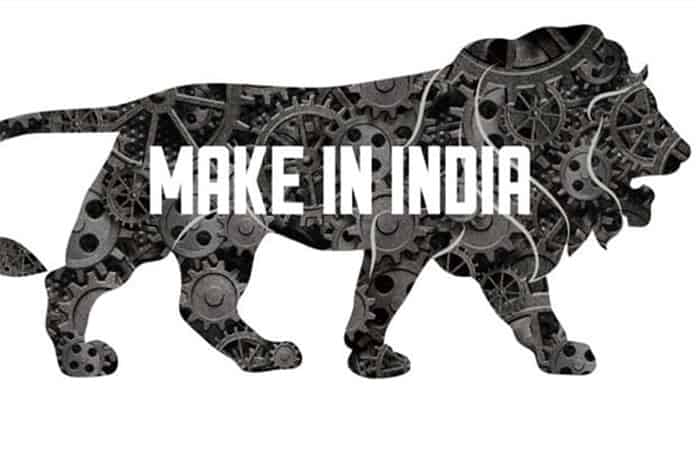The Digital Users Group (DUG), a digital think-tank working in the IT and Telecommunications ecosystem said that the government should promote adoption and deployment of indigenously developed telecom products and that the buyers of this equipment should be given credit for buying indigenously designed and developed products. The credit could be in the form of either IT rebates, or rebates against future AGR dues. This was due to the progressive phasing out of the Sec-35 (2AB) Income Tax relief which was earlier available to domestic R&D houses.
The other view strongly espoused by the telecom equipment makers was that they don’t want grants for R&D. Instead, they want assured business. There was a ringing call for advances against orders, and the reiteration of India’s technical capability to build world class products in India, for India and for the world.
The group also felt that the PLI scheme of MEITY was not conducive to the Telecom sector. They felt that the Telecom sector requires a Design-Led PLI Scheme and needs to reward a higher value addition and design led operations in India. Also, the line-of-credit for foreign aid should be reserved for only domestic manufacturers and not importers.
This sentiment was validated and echoed by over 100 industry experts. Together they represented industry leaders, policy makers, and researchers from the telecom sector who came together to attend the e-Summit on Atmanirbhar Bharat: India’s Challenge in Telecom Manufacturing and Exports organised by Digital Users Group.
The group of experts attending the e-summit included former DPIIT Secretary Ramesh Abhishek. Other speakers included Rajendra Singh, Senior Regulatory Specialist, at the World Bank, Washington DC; Vipin Tyagi, Former Executive Director, CDOT; Ambassador Smita Purushottam, Founder & Chairperson, SITARA; Dr. Archana Gulati, Joint Secretary, Digital Communications, NITI Aayog; and Prof. NK Goyal, President CMAI and Chairman Emeritus TEMA.
Industry captains at the discussion included former IESA President and CEO of VANN Consulting PVG Menon who moderated the discussion, Sanjay Nayak, CEO of Tejas Networks, Parag Naik, CEO of Saankhya Labs, Arun Kuma M, Advisor-R&D of ITI Ltd, Vipin Tyagi, former Executive Director of CDOT and Subrata Mitra, Vice President of Ericsson India.
The discussion with experts revolved largely around the four key topics of importance of Telecom Manufacturing in India, Design and R&D for telecom equipment, Manufacturing Competitiveness and Exports.
Dr. Archana Gulati Joint Secretary, Digital Communications, NITI Aayog said, “The COVID pandemic has reinforced the importance of good telecom infrastructure due to the increased dependence on digital solutions by enterprises, the government and the public. The need of the hour is to develop domestic supply chains and reduce dependence on imports. The Govt. of India is bringing out a PLI Scheme for Telecom Equipment, as it does not wish to see India only as a large market but also be a big manufacturer of Telecom Products.”
Highlighting this perspective, Anil Prakash, President, Digital Users Group said, “In today’s geopolitical situation, telecom infrastructure and equipment plays a vital role in national security. India’s reliance on imported products makes our entire security network weaker. Apart from a national perspective, manufacturing telecom equipment in India makes huge economic sense as this will lead to growth in employment and reducing our forex outgo.”
The group strongly highlighted that the Govt. of India needs to push private telecom players to use domestically manufactured products and this could be done by encouraging them with a fiscal incentive scheme which could be a reduction in AGR dues or a credit system for buyers. In terms of manufacturing competitiveness, India must begin with localizing electro-mechanical products at the earliest. Semiconductors can follow.
For exports promotion, the group felt that India’s industrial policy needs to be linked with our foreign policy and that Indian exports need to play a larger role where India has good brand equity across countries.















good article